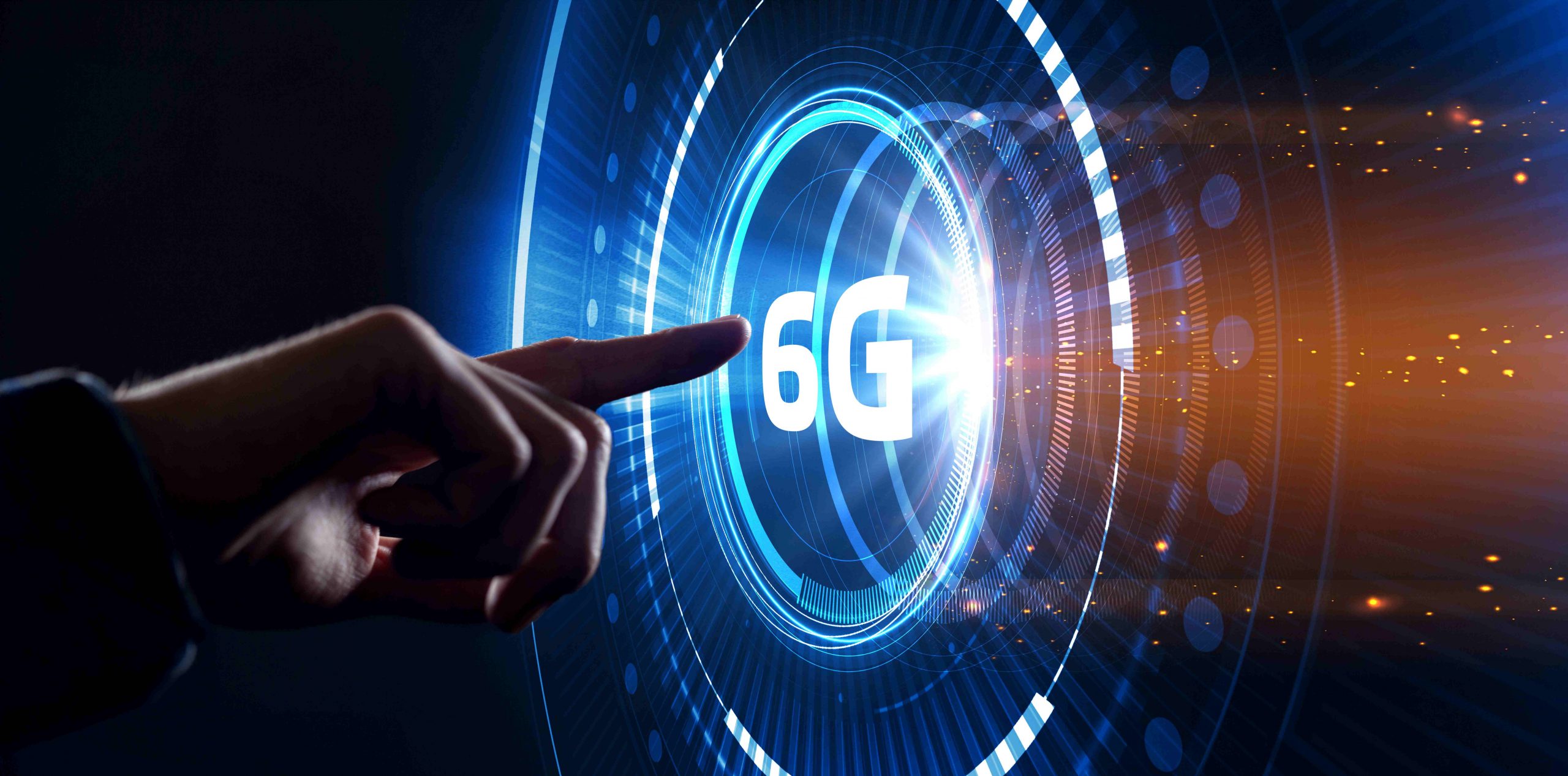Since their introduction in 2019, 5G networks have impacted many facets of our lives, improving the ways we connect, interact, socialize, do business and collect data, with many applications that range from healthcare and entertainment to the automobile sector, manufacturing and environmental monitoring, to mention but a few. This has been due to their increased technological capabilities, notably faster data speeds and near real-time operation, enabling new applications such as interactive gaming or remote surgery and a better overall quality of experience for the end users.
These advanced capabilities were made possible by a number of technological enablers, which include the use of wider electromagnetic spectrum, better network architectures, advanced antenna systems and more sophisticated transmission techniques (new radio access technology). The 5G ecosystem has been the result of several decades of research and innovation in wireless technologies and networks, standardization and regulatory efforts, strategic planning, industrial development and government support. All these have enabled the commercial adoption and proliferation of mobile wireless networks, which have come a long way since the introduction of the first (1G) analog networks in the early 80’s, turning digital with 2G (notably GSM, which also introduced texting) in the 90’s and growing towards data-driven networks with 3G in 2000, 4G in the early 2010s, which largely enabled social media and video-streaming on mobile handsets, and 5G since the late 2010s. This evolution (of roughly one new generation every decade) is ongoing, with the global standardization initiative 3GPP (3rd Generation Partnership Project) currently planning the next phase of 5G and later on 6G.
Indeed, the next phase beyond 5G networks, widely termed as “5G Advanced,” is expected to be introduced in 2024 and will feature more support for augmented (AR) and extended (XR) reality applications, better positioning for location-based services, and better energy efficiency. These will be enabled by technologies such as machine learning / artificial intelligence (AI) (e.g. for better network management), more accurate timing and further advanced multi-antenna systems.
While it is perhaps easy to imagine our lives with 5G Advanced (more interactive and immersive experience, better situational awareness and navigation capability, improved network availability and battery efficiency), it takes some more imagination in order to envision what 6G will bring about when – as is currently planned – it is introduced towards the end of this decade.
Some major mobile technology manufacturers predict that 6G will become a bridge between our digital, physical and human worlds; foster togetherness (e.g. through immersive holographic interactions); enable new ways to interact, work, experience culture and entertainment via merged reality; enable a complete digital representation, monitoring and control of physical systems (termed “massive digital twinning”); provide unparalleled context and situational awareness; provide truly global coverage; and contribute substantially to major social imperatives such as food for all, health for all, etc.
To do so, 6G networks will have to provide real-time communication, accurate sensing and positioning, a flexible network architecture and topology (including non-ground nodes such as vehicles, robots, drones, etc.), an intelligently optimized network operation, and strong integration with an expanded / all-inclusive Internet-of-Things (IoT). And, of course, all this must happen in ways that are computationally dependable, energy-efficient, environmentally and financially sustainable, secure and guaranteeing privacy.
So, what are the technologies that will make the 6G landscape possible and which will need to be bred in the lab before the aforementioned vision becomes a reality? For sure, some of the trends that have allowed us to move from each mobile network generation to the next, are poised to continue. These include the use of even wider electromagnetic spectrum (at frequencies nearing the so-called “sub-Terahertz” regime of 100 Gigahertz), using antenna structures comprising even more elements (on the order of 1000s, sometimes called “extreme massive antenna arrays”), the deployment of denser / more dynamic network infrastructure, etc.
But there are also a number of emerging technologies that are more disruptive and seem well-placed to make 6G a reality in the way we imagine it. Some prevailing contenders are: AI, which will make the network look like a gigantic brain, integration of terrestrial with non-terrestrial (e.g. satellite) networks, integration of mobile with radar networks, and net-zero energy networking (i.e. networks that produce almost zero carbon emissions, relying on alternative energy sources and smart energy and data management). Some more futuristic concepts include intelligent reflecting surfaces that would act as large yet energy-efficient relays that can amplify and steer wireless signals in the right direction, flexible (e.g. liquid) antennas that can operate in various frequency bands and adapt to the needs of various devices, the use of Terahertz frequencies [4] for even larger spectrum usage, etc.
While the latter are still in the early stages of design and testing, there is growing consensus that AI, the use of non-terrestrial networks and advanced, radar-enhanced sensing will play an important role in 6G. These were recently debated by technology experts in a Tech Talk Innovation Technology Forum that took place on December 5 at the 2023 World 5G Convention that was held in Zhengzhou, China.
Our participation in this panel gave us the opportunity to present relevant work that takes place in the Smart Wireless Future Technologies (SWiFT) Lab of The American College of Greece, which runs several research projects in the areas mentioned above (such as work in integrated communications and sensing for automotive systems under the Doctoral Network project ISLANDS that is funded by the European Commission’s Marie Skłodowska-Curie Program).
While one cannot predict what the future will bring, and it is likely that new, unforeseen uses, needs, applications and devices will emerge, the current pathway of mobile network evolution towards 6G is expected to bring about a new exciting world – so let’s stay tuned for it!
* Dr. Constantinos B. Papadias is Professor of Information Technology and Data Science at The American College of Greece (ACG), as well as Executive Director of ACG’s Research, Technology & Innovation Network (RTIN) , Head of RTIN’s Smart Wireless Future Technologies Lab and Scientific Director of the ACG Research Center (ACG-RC). He is also Adjunct Professor at Aalborg University in Denmark and at the University of Cyprus.



